50+ Sample Equipment Receipts
-
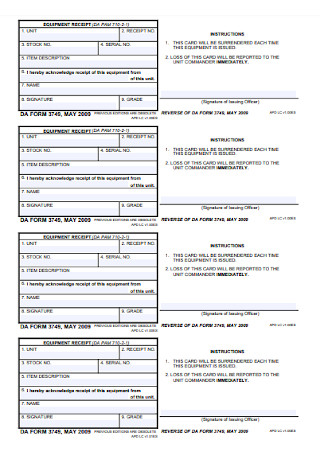
Sample Equipment Receipt
download now -
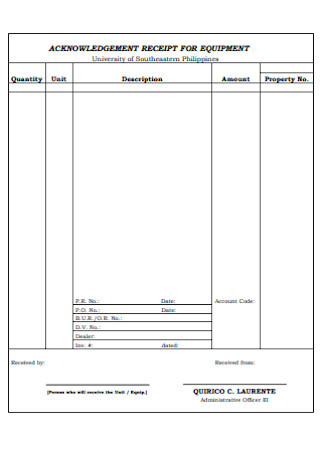
Acknowledge Equipment for Receipt[t
download now -
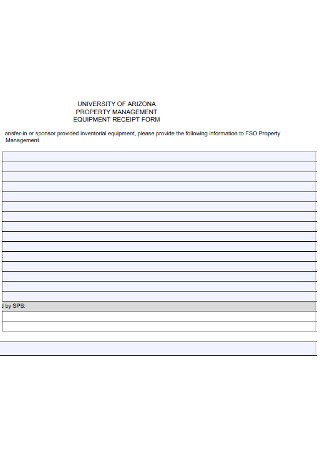
Equipment Receipt Form
download now -
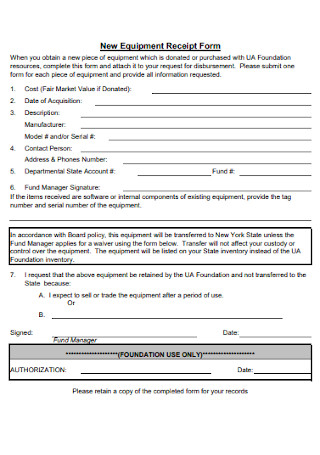
New Equipment Receipt Form
download now -
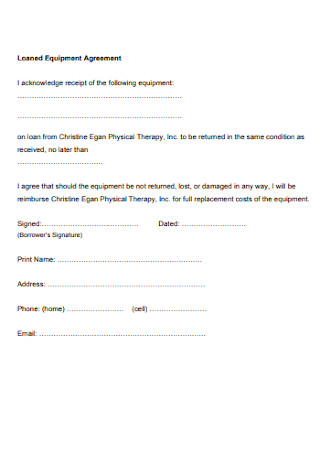
Equipment Agreement Receipt
download now -

Equipment Donation Receipt Template
download now -
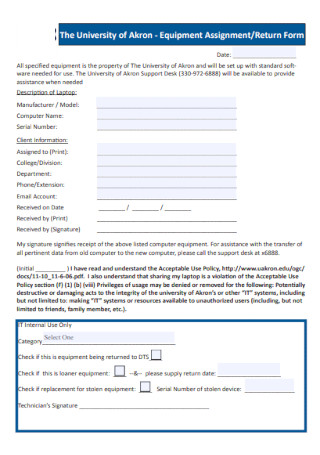
– Equipment Assignment Receipt
download now -
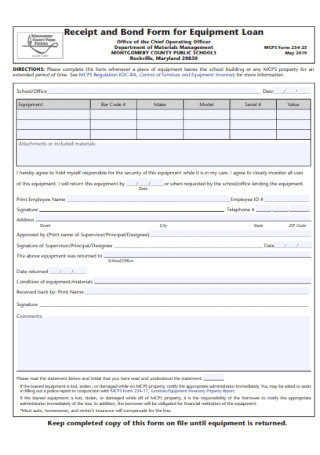
Equipment Loan Receipt Template
download now -
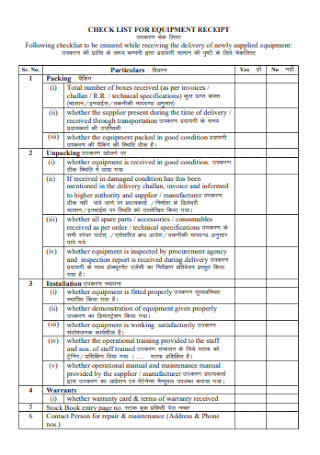
Equipment Receipt for Checklist
download now -
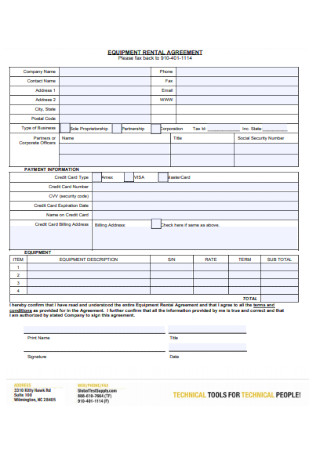
Equipment Rental Agreement Receipt
download now -

Equipment Receipt and Disposal
download now -
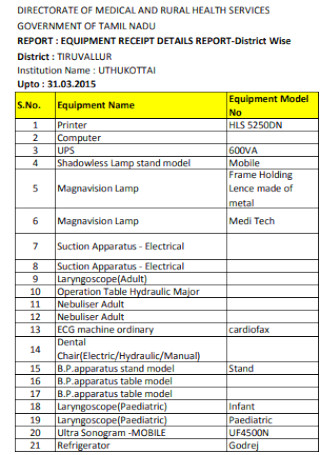
Equipment Receipt Detail Report
download now -
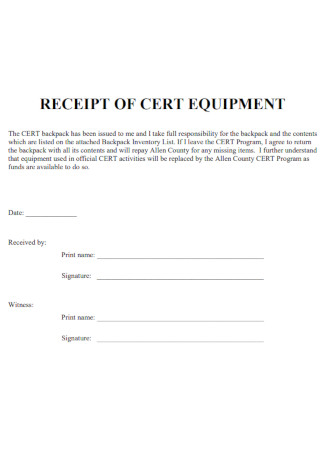
Receipt of Cert Equipment
download now -
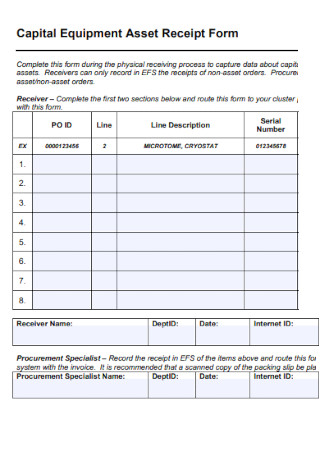
Capital Equipment Asset Receipt Form
download now -

Equipment on Loan Receipt Template
download now -
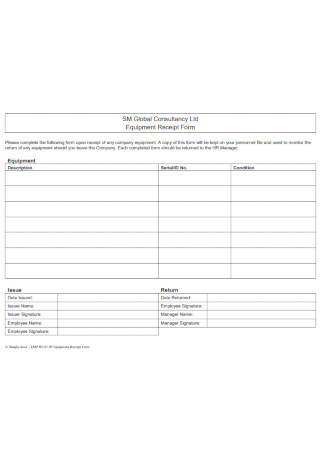
Consultancy Equipment Receipt Form
download now -
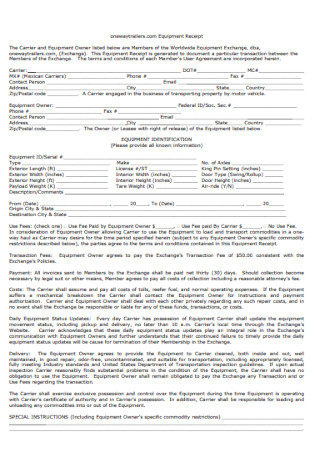
Equipment Receipt Format
download now -
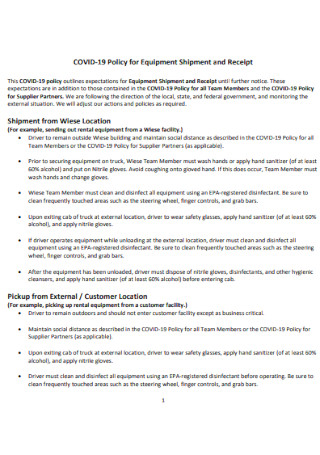
Equipment Shipment and Receipt
download now -
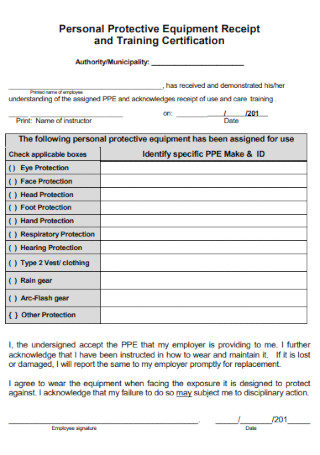
Personal Protective Equipment Receipt
download now -
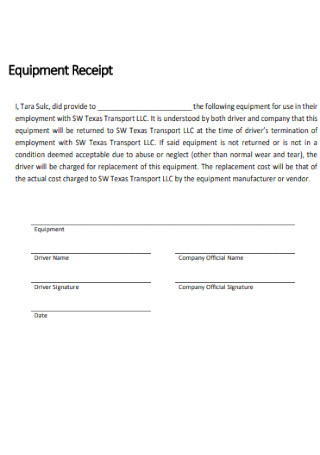
Basic Equipment Receipt Template
download now -
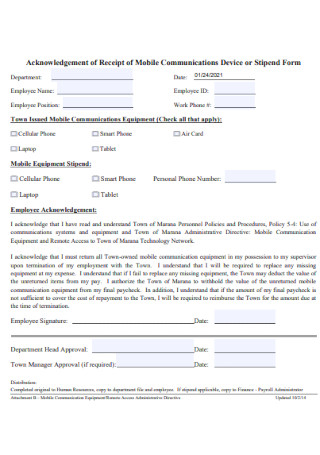
Acknowledgement of Receipt of Mobile
download now[/ns_li -
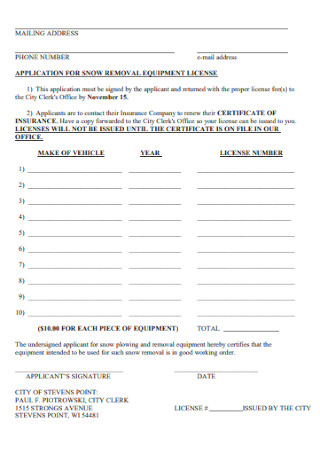
Equipment Licence Receipt
download now -
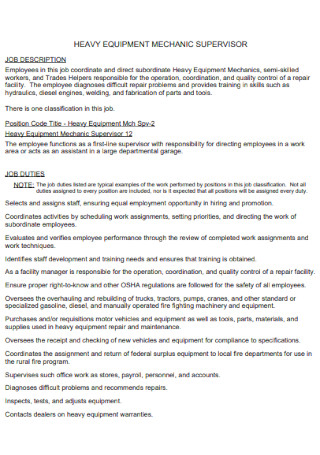
Heavy Equipment Receipt Template
download now -
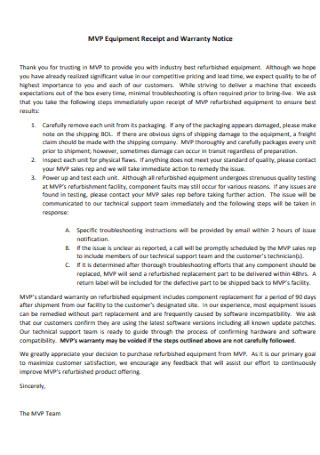
Equipment Receipt and Warranty Notice
download now -
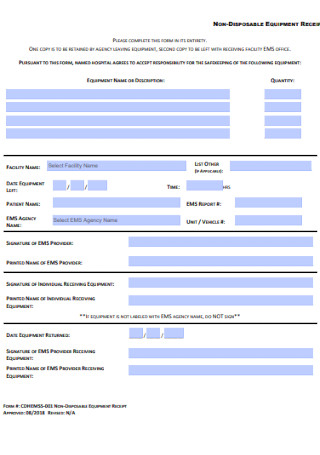
Non-Disposable Equipment Receipt
download now -
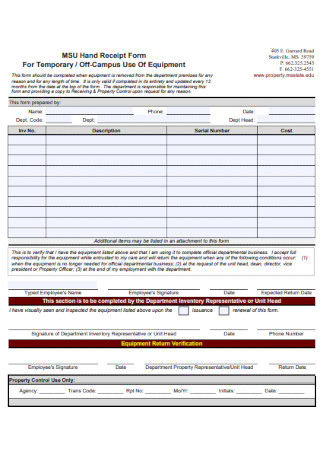
Off-Campus Use Of Equipment Receipt
download now -
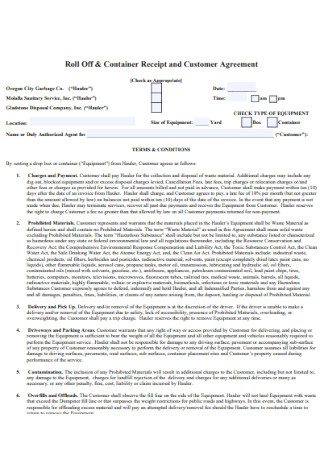
Container Equipment Receipt Template
download now -
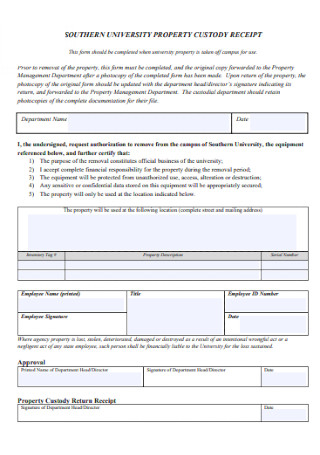
Property Equipment Receipt Template
download now -

Equipment Inspection Receipt
download now -
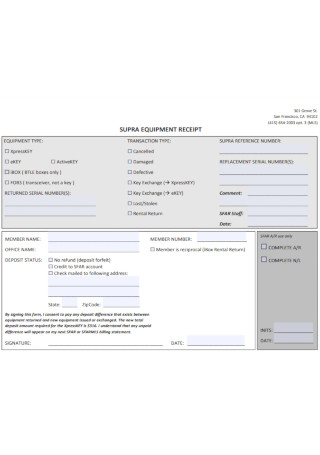
Simple Equipment Receipt Template
download now -
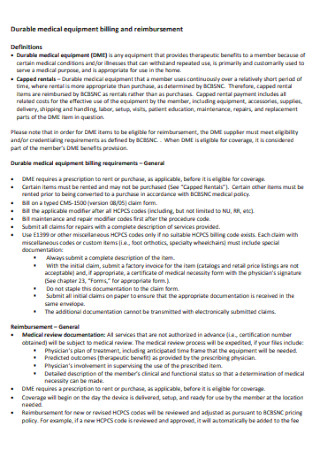
Durable Medical Equipment Receipt
download now -
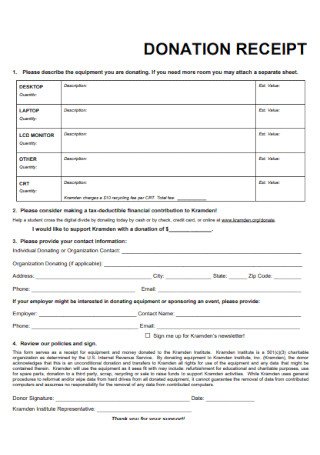
Institute Equipment Donation Receipt
download now -
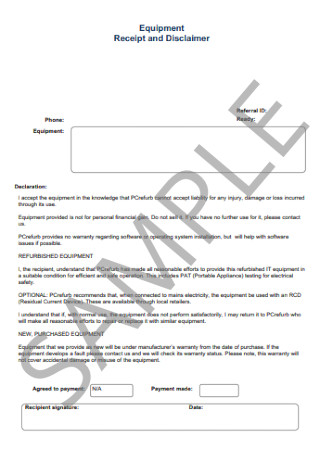
Equipment Receipt and Disclaimer Template
download now -
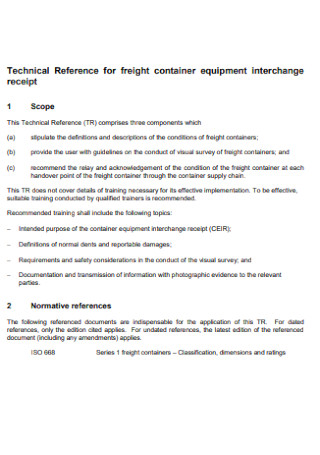
Equipment Interchange Receipt Template
download now -

Public Schools Equipment Receipt
download now -
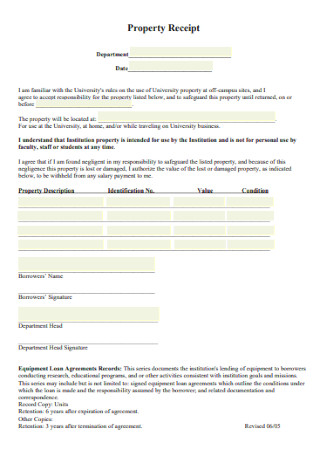
Basic Property Receipt Template
download now -
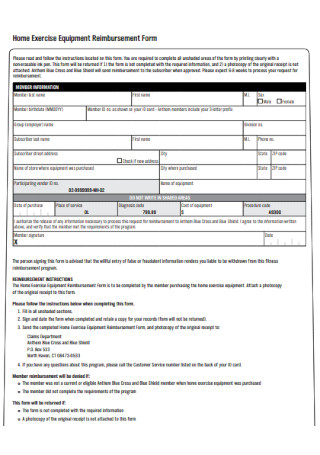
Equipment Reimbursement Form
download now -
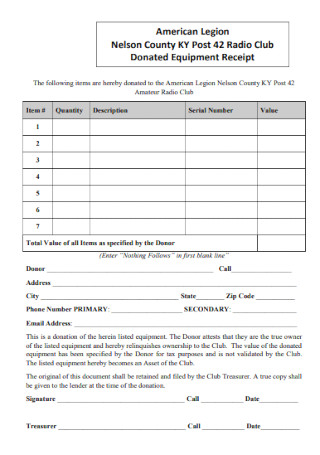
Club Donated Equipment Receipt
download now -
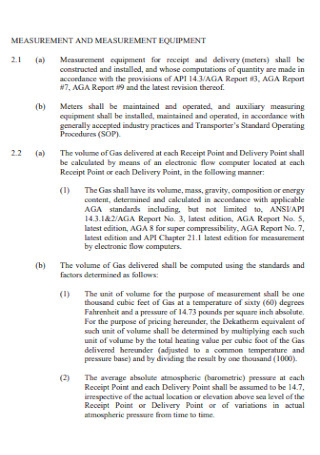
Measurment Equipment Receipt
download now -
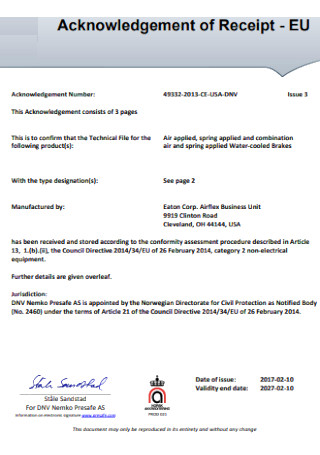
Equipment Acknowledgement of Receipt
download now -
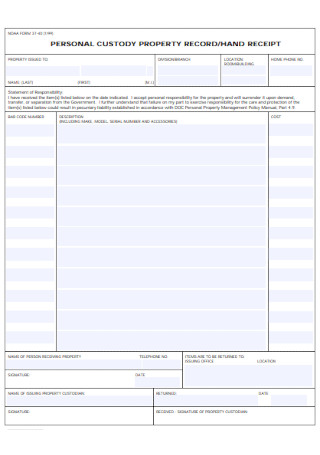
Property Record Receipt Template
download now -

Property Equipment Receipt of Clearance Form
download now -

Property Equipment Hand Receipt
download now -
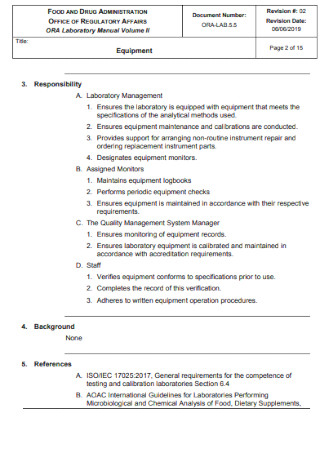
Office Equipment Receipt
download now -
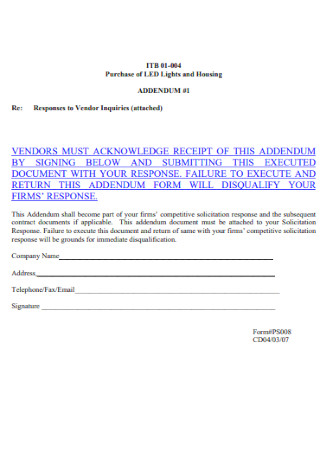
Equipment Vendor Receipt
download now -
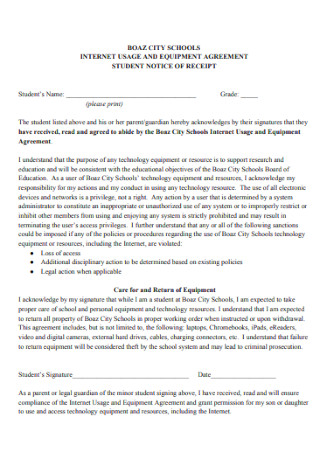
School Equipment Receipt Template
download now -
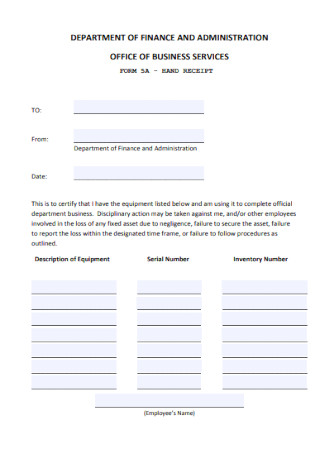
Business Equipment Receipt
download now -
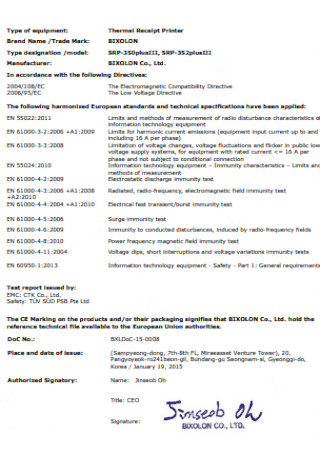
Equipment Thermal Receipt
download now -
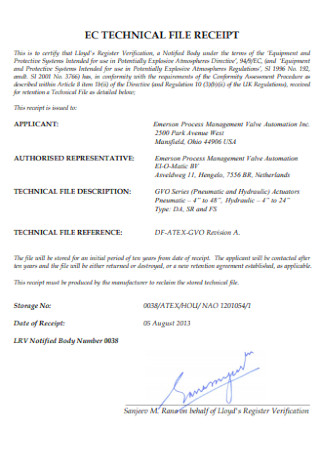
Equipment Technical Receipt
download now
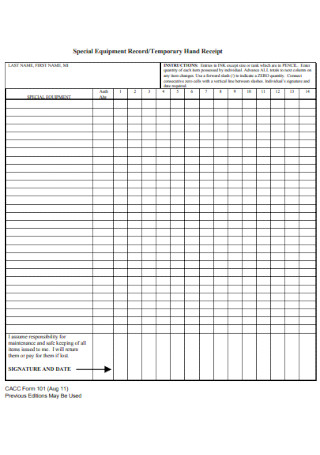
Special Equipment Receipt Template
download now
What Is an Equipment Receipt?
An equipment receipt is like any standard receipt given to a client when a transaction is made; but, what was transacted involves any piece of equipment. While the term equipment receipt is vast, it can be specified as an equipment sales receipt, equipment delivery receipt, equipment rental receipt, or even an equipment repair receipt. No matter what specific type of equipment receipt you use, its main function remains the same which is to document proof or acknowledgment that a transaction involving any equipment was done.
Did you know that the US manufacture of machinery and equipment revenue is expected to reach $714,070 million in 2022?
Why Are Equipment Receipts Important?
In case you are wondering why there is a need to make an equipment receipt, here are some major highlights that prove just how important these receipts are:
Official Acknowledgment
Equipment receipts work as statements of acknowledgment. The moment someone asks for any proof of purchase related to equipment, simply show an equipment receipt to acknowledge that an official transaction took place. And it serves as evidence big time because you can clearly see in the receipt how much was spent, what specific item was bought, and other essential details.
Extensive Types and Purposes
Equipment receipts can be categorized according to equipment rental, purchase, repair, delivery, and more. With that said, equipment receipts serve different purposes as well whether it concerns equipment in the cosmetic industry, medical field, or even automotive business. According to Statista’s research survey, the US manufacture of machinery and equipment revenue alone is expected to be $714,070 million in 2022. And that is just one example that proves just how important equipment is that it has high revenues.
Detailed Document
Check different examples of equipment receipts and you will notice that the documents themselves have lots of details. From the name of the purchase, name of equipment, equipment description, price list, down to the technician’s signature, a single equipment receipt houses significant details to answer common questions. So if you need help figuring out when a purchase was made or who purchased it in the first place, always check the legitimate receipt for your reference.
Tool for Disputes
Considering that equipment receipts are official evidence, they are certainly useful as court tools whenever you face disputes. An example is when someone accuses you of monetary fraud for using equipment expenses for personal reasons. To prove that you never used it for the wrong reasons, show the legal receipt and even the binding agreement if there was a formal agreement before the purchase.
Keeps Companies on the Loop
When an employee is tasked to buy new equipment for the office using the company’s expenses, it is expected that the employee will provide a purchase receipt so that the manager or the company will be aware of where the company’s funds actually go. At least anyone concerned about the equipment transaction will be updated according to the details written in the receipt.
The Standard Parts of an Equipment Receipt
Various formats, designs, and data can be found in most equipment receipts. But reading through its details is not that difficult, especially when there is are common elements per example. And these are the standard parts often seen in equipment receipts:
How to Make a Proper Equipment Receipt
Creating an equipment receipt does not take too much effort. So you should be able to ace it promptly, especially after applying everything you learned about equipment receipts and by following these few steps on how to form the best equipment receipt possible:
-
Step 1: Figure Out Your Equipment Receipt’s Purpose
Conduct a data analysis regarding the goals and purpose of your equipment receipt first. Remember that you are not simply going to make a random equipment receipt but actually an equipment receipt that fits your purpose or your preferred type of equipment receipt. So this is your chance to finalize if your equipment receipt should be an equipment sales receipt, equipment transfer receipt, equipment rental receipt, or any other example.
-
Step 2: Use a Sample Equipment Receipt Template
Check out the many sample templates enlisted above in this article to find the perfect equipment receipt that matches your needs. You can even edit your equipment receipt template afterward so you never need to create a receipt from scratch. So be sure to control your equipment receipt’s content whether you like to make it similar to an equipment bill, focus on mentioning the equipment or asset first before the pricing information, or perhaps, vice versa.
-
Step 3: Check if You Have All the Basic Parts of an Equipment Receipt
You were already introduced to the basic parts expected in an equipment receipt. Be sure you have those significant parts covered or your receipt would not be a reliable source of evidence. For example, an equipment receipt that does not even state the name of the purchaser means it could belong to anyone. The same goes for receipts without the pricing data, especially when that is the most crucial part of the receipt. Also, you may add more parts that you think are helpful to the receipt.
-
Step 4: Work on Your Receipt’s Organization and Presentation
A receipt must be easy to follow so there is no need to complicate its data. The key is to evaluate how organized your details are and check if you presented them in the easiest and most straightforward way possible. Remember that a receipt naturally bears the company’s name and branding so the brand’s reputation is on the line towards its output. You can assign other experts to do your equipment receipt’s assessment and wait for their go signal before using it.
-
Step 5: Always Keep Extra Copies of Equipment Receipts
When you finally push through with the equipment receipt being made, make sure to produce extra copies of those as much as possible. In fact, the rule of thumb is that you keep receipts for at least three years before getting rid of them. You never know when a receipt may be needed within those few years so being prepared with a copy, in case it will be needed, is better than having nothing at all.
FAQs
What are the different types of receipts?
Receipts can be classified as a purchase invoice, sales invoice, travel invoice, expense invoice, journal, salary, VAT summary, tax return, purchase order, bank statement, earnings payment report, and employer’s separate report.
What is ARE?
ARE stands for acknowledgment receipt of equipment. And it is basically an equipment receipt that must be signed and dated by the property office and property recipient.
Is receipt an invoice?
No. An invoice is given before a client pays for the product or service. Meanwhile, a receipt is given after receiving the payment.
Just like any official receipt, an equipment receipt is not just a piece of paper you throw away after a transaction. Be reminded of its purpose which is to bring acknowledgment or proof of purchase. Don’t wait for the time where you realize equipment expenses were distributed yet no actual equipment was received. And any other concern related to equipment expenses and transactions won’t have to go downhill using equipment receipts as evidence. Download a sample template now!
